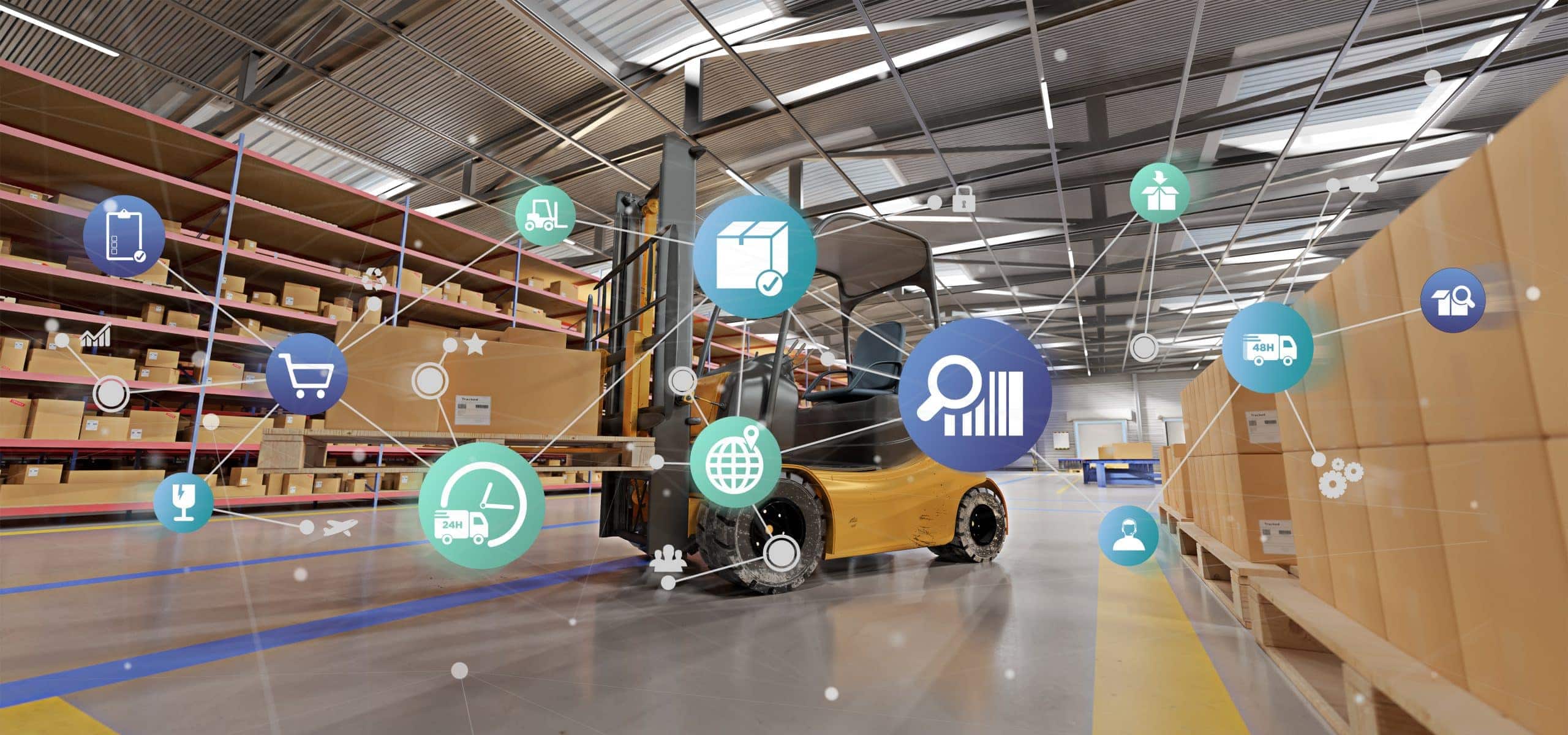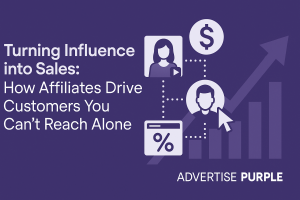
Share
How 5G Technology Will Support a Faster, More Reliable Supply Chain
If you’re looking for good news right now, which of course you are, the Wall Street Journal just reported on the rollout of 5G technologies that will soon be available and able to provide much needed clarity and efficiency in the global supply chain infrastructure.
In the most rudimentary sense, among other things, with the implementation of new 5G technology at each step of the delivery process, it will now be possible for companies to more precisely measure consumer demand, cut waste and react in real time as situations change.
“I believe it will bring as fundamental a transformation of our world as the introduction of the internet,” says Åsa Tamsons, head of business area technologies and new businesses at Ericsson AB.
So, what are the ways that we’ll be able to most accurately measure impact? Great question. Let’s dive in.
Supply and demand
Essentially, the technical capabilities of 5G (which were lacking in previous 4G tech) are going to be able to analyze, quantify, and report on key information throughout the delivery process.
Ricardo Ernst, a professor at Georgetown University’s McDonough School of Business, says that this new level of analytical capability will help solve being able to figure out how much of something people want at any particular moment.
“I can estimate a market, but at the end of the day, I don’t really know,” he says about current efforts to measure and forecast demand. “Cellphone manufacturers, for instance, expect to sell new models in a specific region, but deciding how many units to produce requires a substantial amount of guesswork,” Prof. Ernst says. “This often leads either to shortages or overordering. Granular data on product sales and movements, and customer behavior, will enable them to adequately prepare their supply chains to meet demand”
“With 5G, you suddenly have the capability to transfer a lot of information faster, and in more efficient ways,” Prof. Ernst says. “That is the magic of what’s coming.”
This is all taking place at a time when e-commerce is having a moment, not only in quarantine, but the trends were pointing to a market less reliant on brick and mortar stores and more on warehouse and supply-chain-backed ordering processes.
This is futuristic stuff that could provide even more amazing data than we already have at our disposal in making more clear the market and providing merchants with the opportunity to learn as much as they can about their customers, in real time.
Limiting food waste will be a major economic win from this new technological advancement
I won’t go into too much detail on the specifics of this since it doesn’t necessarily impact e-commerce directly (at least as much as the other points made), but we’ll be able to prevent what is now close to 30% of food from being wasted.
30% is simply way too high, and there are various reasons food is wasted at such a high percentage, but one of those major reasons is oversupply in grocery stores and other locations, leading to spoiled products and the need to toss out items that have gone bad.
The same supply and demand piece from before comes into play. It will be much easier to be way more efficient with food delivery.
“It doesn’t take a lot to impact the food-supply chain,” says Chris Wong, a vice president for International Business Machines Corp. ’s consumer industry business. “There’s a lot of incentive to get that supply chain moving as efficiently, with minimal waste and maximum speed and agility, as possible.”
The way things are currently managed in regards to the supply chain will change rapidly over the next few years
So, yes, it might take a little while for companies outside of major conglomerates and large corporations to be able to harness the full power of 5G in their supply chain. However, with that being said, there are some changes that will take effect pretty much immediately.
There will now be the ability for wireless 5G to sidestep aging infrastructure that would otherwise be prohibitively expensive to replace, at least according to Ranjit Gill, chief information officer at pharmaceutical distributor McKesson Corp. ’s U.K. business.
For example, the ability for all of McKesson’s thousands of pharmacies across the U.K. to exchange data in real time, which he said isn’t currently possible using the country’s existing infrastructure, will have a tremendous effect on getting prescriptions to patients in a timely fashion and improving customer experiences.
There will likely be an opening for software companies to develop technology that can assist along the supply chain, and we’ll probably see many new innovative technologies developed over the next few years.
I for one am excited as we adapt to the changing landscape of our modern world. It’ll be much easier to sell products online if we know the ins and outs of how they are moved from the various locations where they are manufactured, transported, and eventually sold.
It’ll be interesting to see how things shake out. The more data and knowledge we have about the marketplace, which is constantly changing and evolving, the better.





